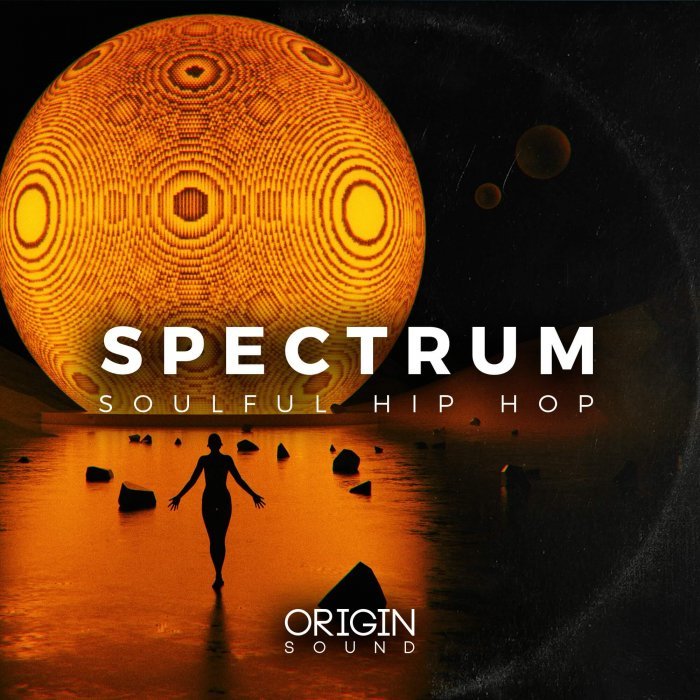

Regardless of this fact, there are still two very important frequencies emitted by popular cylindrical drums, as we have discussed in earlier tutorials, these are: Unfortunately, two-headed cylindrical drums don’t generally give off strong harmonics like the bass guitar or human voice, though drums such as tympani and tabla are designed to have a very specific shape, which allows them to exhibit stronger harmonic frequencies than most percussion instruments using circular drumheads. Now, how does this all relate to drums? Well, drums also give off very specific frequencies which the Spectrum Analyzer in iDrumTune can help us to identify and understand. This is because the human vocal chords are also designed to generate some degree of harmonic overtones, which explains why everyone has a subtly different sounding voice and how some people can sing beautifully like a musical instrument themselves. Even if you are not a great singer, if you sing a very low note into iDrumTune, you’ll see the spectrum also shows fairly evenly spaced overtones. So, the frequency spectrum allows us therefore to analyse sounds and determine components that make up the sound’s musicality and character.Ī third example is the frequency profile of a human voice. Our ears like to hear multiple frequencies at mathematically separated or equal spaces and that is a big factor in how we determine if something sounds musical or not. The harmonics are what makes a guitar sound musical to our ears where the single sinewave does not so much. These extra peaks are what we call ‘overtones’ and, more specifically, when overtones are at nice even spacings (termed correctly at ‘integer multiple spacings’) we call them ‘harmonics’. So, we also see frequency peaks at 163.5 Hz, 246.0 Hz and one smaller one at about 330 Hz. (If you don’t yet know about musical frequencies, have a look back at our previous tutorial on musical frequencies, or take a quick look at the musical frequency chart in iDrumTune.) We see more than one frequency peak with the bass guitar profile, in fact we see lots of frequencies all evenly spaced at multiples of the fundamental frequency. We know that the note E2 on a bass guitar represents a fundamental frequency of approximately 82.5 Hz (82.41 Hz to be precise!) and so it is no surprise to see a large frequency peak in the spectrum graph at that value. Now let’s look at the waveform and spectrum of a bass guitar note played through a loudspeaker and recorded into iDrumTune.

In fact, since 150 Hz means literally ‘150 sine waves per second’, in 800 milliseconds (or 0.8 seconds) we can expect there to be exactly 120 complete sine waves. Note that although the waveform is a pure sinewave shape, iDrumTune captures many more complete sine waves in 800 milliseconds than can be displayed on the width of an iPhone screen, so the display of the waveform (in the bottom graph) shows them all squashed up and a little blurred together. You can see that the sinewave gives a frequency spectrum (in the top graph) with just a single spike, meaning that only one frequency has any significant power in this sound source. Here’s an example of a 150 Hz sinewave played through a loudspeaker and captured in iDrumTune: Let’s look at some examples of different sound waveforms and the associated frequency spectrum – those shown below are captured using the iDrumTune Spectrum Analyzer feature, so you can experiment yourself too with the app and different instruments if you want to investigate other sounds too:Ī plain sinewave is not a very exciting sound, just a static tone that has no overtones or harmonics. In simple terms, the frequency spectrum shows all of the frequencies contained in a sound waveform and indicates which ones are most powerful, so this is really essential for tuning, especially because most electronic frequency analysers are much more accurate than the abilities of human hearing. The frequency spectrum is really useful in audio and music processing and analysis: it is what enables an electronic guitar tuner to work accurately, it is what we look at when adding frequency equalisation (EQ) to a sound we have recorded, and it also forms the basis of many other audio processing algorithms including auto-tune, harmonic enhancers, background noise removal and the MP3 algorithm too. Any sound waveform can be converted into a frequency spectrum graph, and any frequency spectrum can be converted into a sound waveform, using some pretty advanced mathematics known as the Fourier Transform. All of the information about a sound’s pitch and character is contained in what we call the ‘frequency spectrum’ which is a different type of graph plotting power (y-axis) against frequency (x-axis). So, the waveform shows us the volume profile of the sound, but it doesn’t actually tell us anything about the sound itself, i.e.


 0 kommentar(er)
0 kommentar(er)
